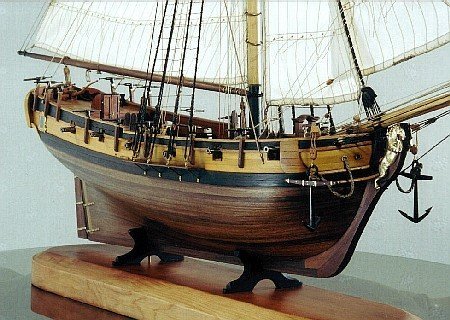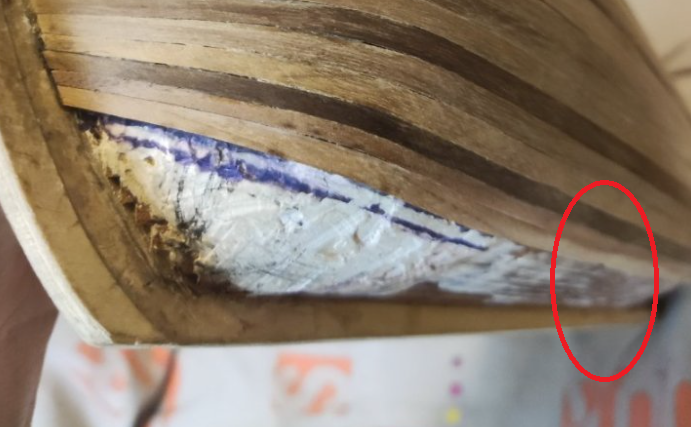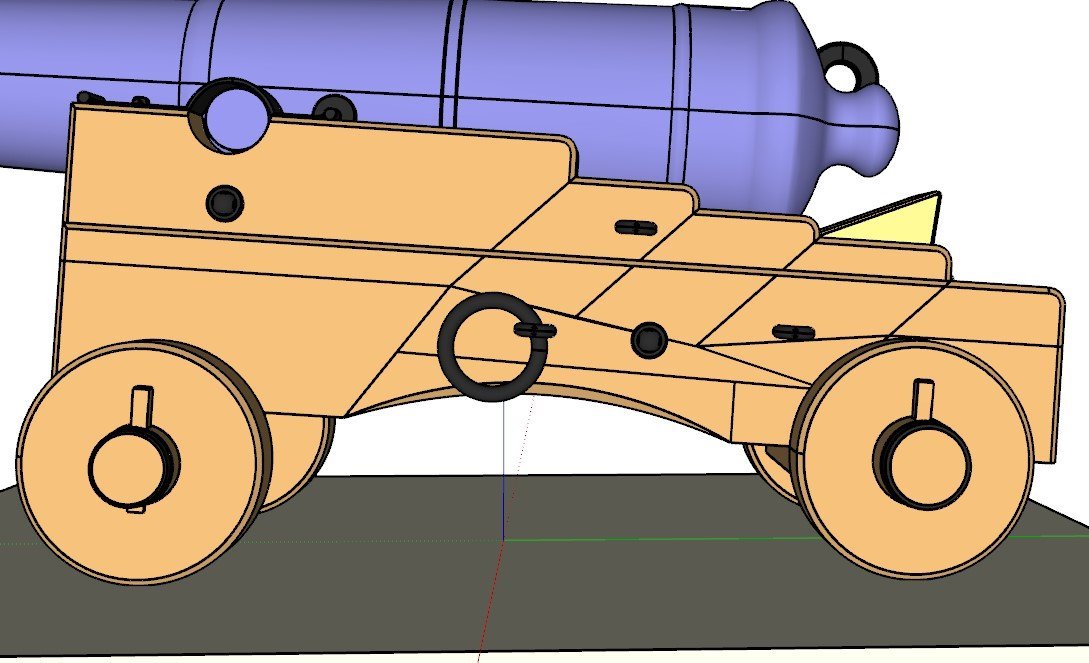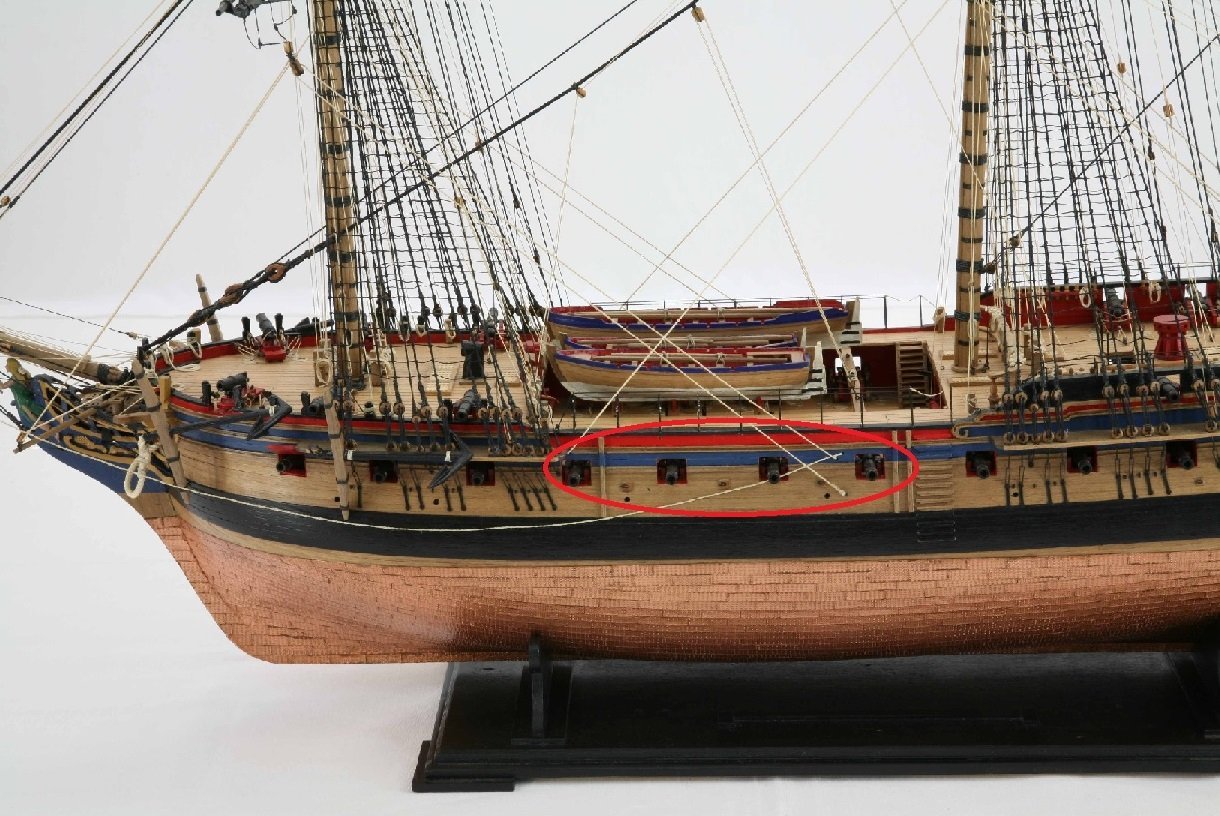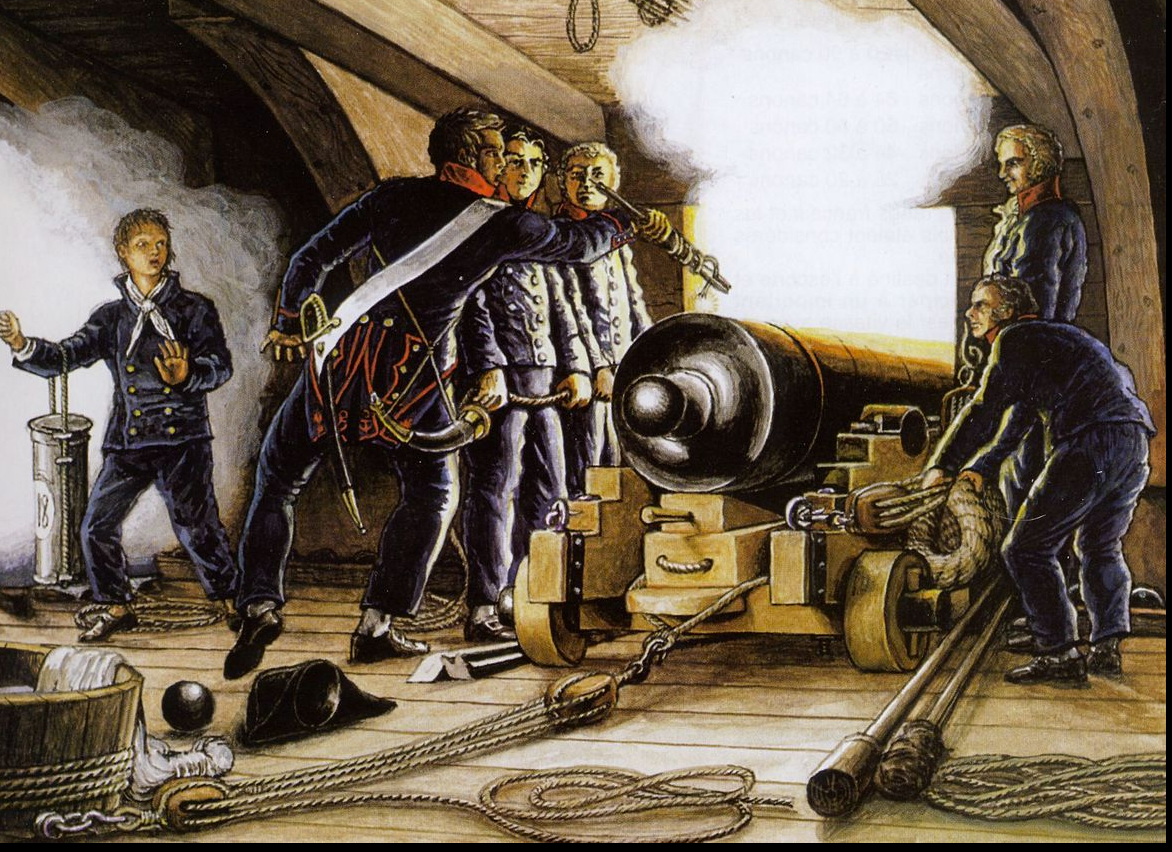-
Posts
3,089 -
Joined
-
Last visited
Content Type
Profiles
Forums
Gallery
Events
Everything posted by Gregory
-
HMS Victory Renovation - Outer Planking Removed
Gregory replied to Steve20's topic in Nautical/Naval History
I heard from somewhere that the forests of Britain were wiped out during the Golden age of sail. -
Stern stealers do not seem to be very common on contemporary or scratch models. The builders just widen the planks as necessary. With kits this is not possible because there is no material for wider planks. Therefore one or more stealers will be necessary approaching the steepest. To approximate a planking expansion for this model, I would need the following information: The width of your planking stock The distance from the keel to the top of the sternpost The distance from the keel to the bottom of the Wales at a midship bulkhead. This is an actual measurement, not just the vertical distance. Also, the measurement from the keel at the turn of the stem, up to the bottom of the Wales. If this is not clear, I will try to provide a diagram later.
-
The documents and many examples on this forum ( Look at the Cheerful and Winchelsea build logs ) are the best references we have. They are as clear and detailed as it gets. The primary concern is measuring the space available for the number of strakes, and yes, stealer or drop planks might be of help. I know you said you have read everything, but you might take another look at this: https://modelshipworldforum.com/resources/Framing_and_Planking/Lining Off your hull for planking.pdf
-
I particularly like the way the actual carriage shows how countersunk the eyebolts are and the washers under the through-bolts. The eyebolt for the breach rope ring also has an interesting shape, in that it is squared off to some extent and the ring fits fairly tight in the bolt. Those are some details to consider when modeling gun carriages. FWIW Your picture sparked some interest, and Googling for that image led me to: https://maritimearchaeologyprogramdenmark.wordpress.com/2010/01/06/guns-in-3d/ They have a 3D model for Rhino and Sketchup. I have neither program, so I downloaded the trial for Sketchup just to look at the model and have some details for future reference.
-
Are the masts glued in place. If not, you can use the stays to achieve the desired rake. To affect the run of the ratlines in a noticeable way, the amount of rake would have to be substantial. On the plans, measure the angle between the mast and the deck. It's then fairly easy to make a template to match the angle.
-
Do the plans not show the angle/rake of the masts?
-
Books to learn Fusion 360
Gregory replied to allanyed's topic in CAD and 3D Modelling/Drafting Plans with Software
Thanks Allan for starting this topic and thank @mgdawson for the Kevin Kennedy reference.. Was able to start feeling comfortable with the interface after the first video.. Fusion 360 has there own tutorials which are a great way to explore the capabilities of the program before trying to use it. https://help.autodesk.com/view/fusion360/ENU/courses/ -
If I may? A deadeye without holes is not a deadeye...😁
-
Great new model Chris! Just for reference there are some pictures in the Gallery of a contemporary Trial model.
- 57 replies
-
- Trial
- Vanguard Models
-
(and 1 more)
Tagged with:
-
Those hinges do look great! There was a time when making them yourself would have far surpassed anything available aftermarket, but not anymore.
- 840 replies
-
- winchelsea
- Syren Ship Model Company
-
(and 1 more)
Tagged with:
-
A very nice model! Makes me feel better about taking my time..
- 152 replies
-
- rattlesnake
- Model Shipways
-
(and 1 more)
Tagged with:
-
I would venture over 90% of the builds at MSW are are kits and many of them relative beginners, who may not be inclined to go to a lot of additional expense beyond what they paid for a 'crap kit. Fortunately they do get a lot of help, instead a load of crap from someone who seems to offer a lot of advice, but no real help with regard to overcoming a problem with what they have at hand.
About us
Modelshipworld - Advancing Ship Modeling through Research
SSL Secured
Your security is important for us so this Website is SSL-Secured
NRG Mailing Address
Nautical Research Guild
237 South Lincoln Street
Westmont IL, 60559-1917
Model Ship World ® and the MSW logo are Registered Trademarks, and belong to the Nautical Research Guild (United States Patent and Trademark Office: No. 6,929,264 & No. 6,929,274, registered Dec. 20, 2022)
Helpful Links
About the NRG
If you enjoy building ship models that are historically accurate as well as beautiful, then The Nautical Research Guild (NRG) is just right for you.
The Guild is a non-profit educational organization whose mission is to “Advance Ship Modeling Through Research”. We provide support to our members in their efforts to raise the quality of their model ships.
The Nautical Research Guild has published our world-renowned quarterly magazine, The Nautical Research Journal, since 1955. The pages of the Journal are full of articles by accomplished ship modelers who show you how they create those exquisite details on their models, and by maritime historians who show you the correct details to build. The Journal is available in both print and digital editions. Go to the NRG web site (www.thenrg.org) to download a complimentary digital copy of the Journal. The NRG also publishes plan sets, books and compilations of back issues of the Journal and the former Ships in Scale and Model Ship Builder magazines.

